Education and training are needed for all emergency services to reduce risks to consumers and first responders in the event of a car crash involving an electric vehicle
The uptake of electric and hybrid vehicles is continuing apace, but the plethora of problems that derive from this economic, environmental push are alarming – one of which is the increased risk to fire services in the event of a collision.
Two of the leading dangers posed to these emergency service workers when responding to a road accident are lithium-ion battery fires and electrocution.
Richard Dunbar, who served as a chief fire officer for over 19 years and is now managing director at fire safety and investigation training consultancy Park Lodge International, said that “first responders are at risk because there is little warning that a lithium-ion battery will go into thermal runaway”.
Electric vehicle (EV) fires are also “almost impossible to extinguish” as they “need lots of water, time and therefore resources” to resolve, especially as water taken from the hydrants is drinking water that needs to be cleaned.
As a result, “any one trapped needing extrication will perish”, he added.
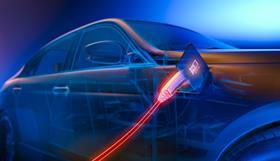
Dunbar further noted that the implications of this are particularly felt in rural areas, where fire fighters often serve in a part-time capacity and are required to leave their business if needed to attend a call.
The problem is that “underwriters don’t understand the risks” and “policies aren’t being written that are properly aware of the risks and [take] them into account”, said Cogent Hire managing director and motor activist Kirsty McKno.
Fire services are also “reluctant to seek outside help” and chief officers are “silent over the resource implications and dangers to both crews and public”, said Dunbar. So, although “history tells us that the fire services will learn”, it “will be a painful journey, just like backdraft was”.
The National Fire Chiefs Council (NFCC) did not respond to Insurance Times’ request for comment.
As the number of EVs on UK roads increase, alongside an increase in the likelihood of collisions, it is of the “utmost importance” that the “emergency services have the right level of awareness to promptly ascertain that they are dealing with an EV and take the appropriate steps to safeguard themselves and accident victims”, said Thatcham Research chief technical officer Richard Billyeald.
He added: “Having the right EV knowledge not only saves precious seconds in the vital ‘golden hour’, during which the chances of preventing death by way of prompt medical treatment are the highest, but is also essential to protecting the people we rely on should the worst happen on the roads.”
Risk deep dive
According to Park Lodge International, lithium-ion batteries can set alight by overheating, penetration or over-charging.
In the event of blunt trauma, such as a collision, the battery can also cause “thermal runaway” – this is when heat in the battery rises quickly, at around 10°C per minute, leading to a toxic mixture of products being released into the atmosphere.
Hydrogen, carbon monoxide, hydrogen cyanide and hydrogen chloride are among the products vented from the battery, as well as organic solvents including sulphur dioxide and ethane.
Produced from the mixture of organic solvents is a vapour cloud, which is “incredibly poisonous” to the “extent that you shouldn’t even transport that vehicle through a residential area”, said Kirsty McKno.
Explosions can also occur, with blowlamp-like flames that can cause structural damage to buildings.
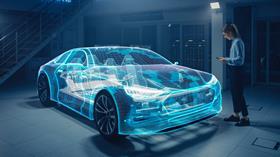
“It literally looks and sounds like a rocket flame and it can be directional as well – you can suddenly find yourself in the path of one of these”, said Newcastle University professor of pure and applied electrochemistry Paul Christensen, in a YouTube video posted by the London Fire Brigade (October 2020).
Park Lodge International states that an EV vechicle fire can reach around 1,300°C, compared to a temperature of between 600°C and 700°C for a petrol or diesel vehicle fire.
A cremation chamber uses temperatures ranging between 1000°C and 1,300°C, according to cremation equipment manufacturer DFW Europe.
Tom Clarke, chief EV officer at insurtech Abacai, highlighted that when batteries burn, there is also the “risk of reignition”, which can occur several times for hours, days or even weeks after the incident.
He did highlight, however, that “there’s a lot of work going into reducing that risk”.
Electrocution also presents a danger to first responders – if the fire services need to cut someone out of a vehicle, they need to “check for definite that the connection with the battery has shut down and that, where they cut through the vehicle, there “isn’t 440 volts of [electricity running through a wire in that part] of the car”, said McKno.
However, Park Lodge International stated there is no requirement for markings to warn investigators of these risks on either new or retro fitted EVs. “The retro fitting is even more frightening, as there are no standards”, said Dunbar.
So why does the insurance industry remain seemingly ignorant of these risks?
Striking a balance
Jane Pocock, UK and Ireland managing director at Copart, said that EV uptake is “a bit like an experiment at the moment [and] everyone is looking on with apprehension”.
While businesses operate in educational “silos”, it’s also “easy to overlook something”, she added.
Pocock continued: “Not that many [EVs] have broken down or been involved with accidents yet, so there’s still a lot to learn around how to handle them, how to handle the passengers [and] how to transport them.
“It is coming down to the requirement for a lot of training for all the emergency services – police, fire brigade, ambulance drivers and then us, we’re a second responder.”
Copart provides a collection service for damaged EVs, once they have been moved to a place of safety post-collision.
Despite highlighting insurer LV= General Insurance (LV= GI) as “leading the charge” in this area, Clarke said “there’s a balance that, as insurers, we have to play in terms of understanding the safety aspects versus the insurance underwriting costs”.
Clarke noted that “some insurers” have adopted the common consumer mindset that an EV is a “box with four wheels” and have worked with the assumption than an EV is “the same” as a petrol- or diesel-powered vehicle.
“[EVs are] really expensive to repair, so we are going to load it accordingly.”
He added that this ignored the fact EVs are different and therefore presented different risks. “[Underwriters and insurers] need to think differently about it”, he explained.
David and Goliath
Cross-party education and extensive training, however, could present the solution to these issues.
“There needs to be a proper debate, not a talking shop about risk”, with insurance firms taking a “good look at risk from the retro fitting and proper standards”, said Dunbar.
To address this issue, McKno is in the process of arranging an EV roundtable to gather “experts in every area from the point that an EV goes wrong”.
Thatcham Research, meanwhile, has created an EV ready training programme, which aims to support vehicle repairers, insurance companies and claims management organisations, as well as businesses operating in the fleet, salvage, recovery and vehicle auction sector to learn how to interact with all EVs safely and effectively.
Crash-test body Euro NCAP (The European New Car Assessment Programme) also launched Euro Rescue in June 2020 – an app aimed at providing vital information to first responders attending the scene of accident. Thatcham director of research Matthew Avery claims this could be a “life-saving innovation”.
McKno said: “It’s a bit like the David and Goliath situation – we all need to come together, because otherwise it won’t work.”
Park Lodge International designed the Level 2 and 3 Institute of the Motor Industry (IMI) courses that are being rolled out with Nationwide Vehicle Assistance.
Hosted by comedian and actor Tom Allen, 34 Gold, 23 Silver and 22 Bronze awards were handed out across an amazing 34 categories recognising brilliance and innovation right across the breadth of UK general insurance.







































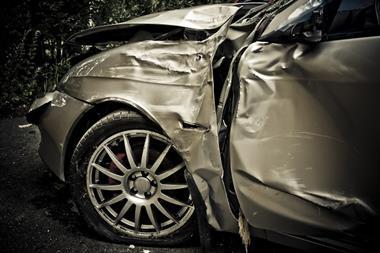

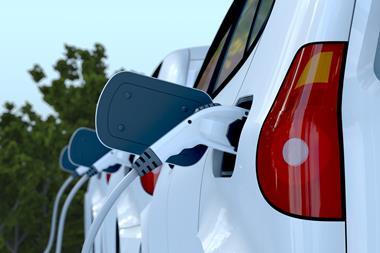
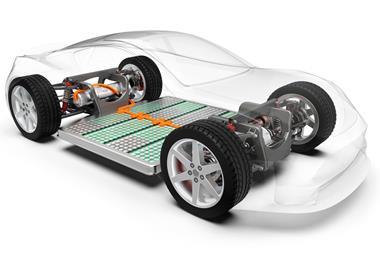









No comments yet